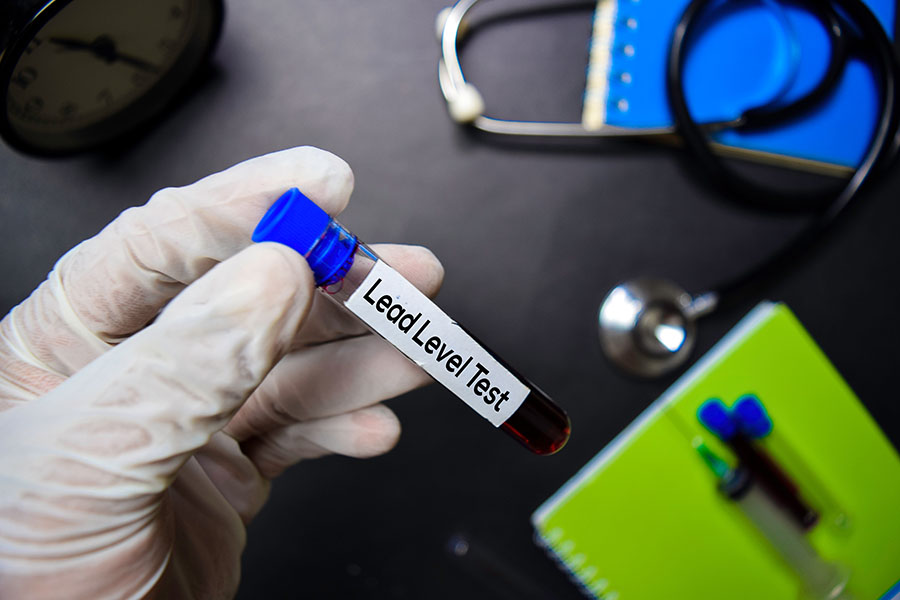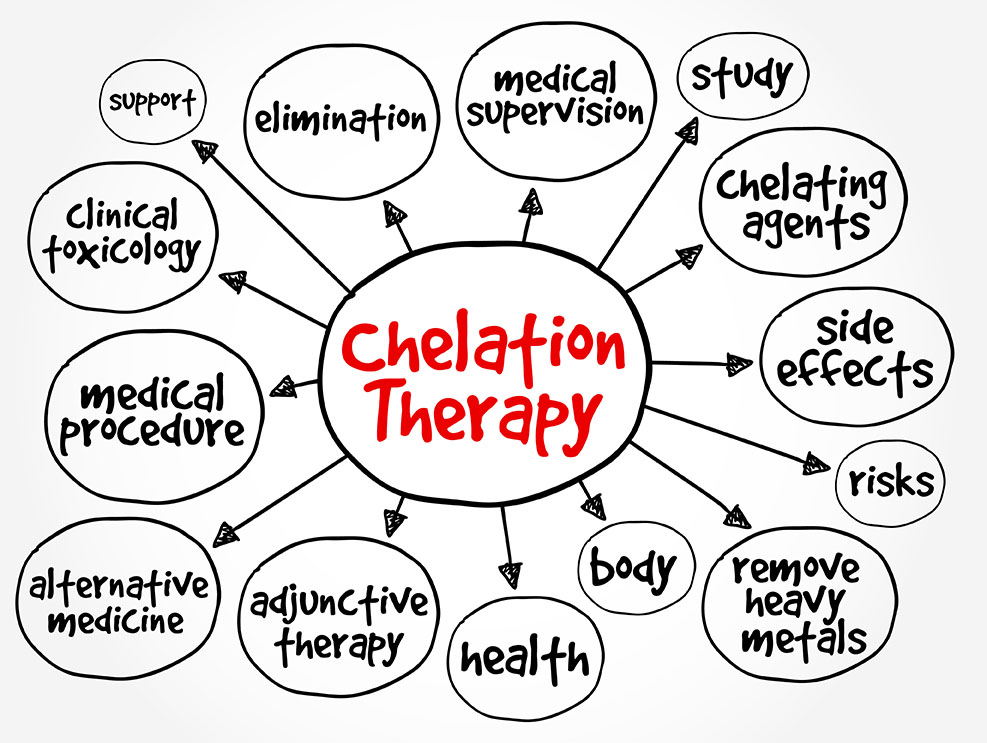Posted By:
 Steve Parcell
Steve ParcellCategory:
Detoxification
In the modern medical era, atherosclerosis—the buildup of plaque within arterial walls—remains a leading cause of cardiovascular morbidity and mortality. While standard treatments, such as statins, antihypertensives, and lifestyle modifications, have significantly improved outcomes, they do not reverse existing plaque or address certain environmental factors that contribute to vascular disease. Emerging research suggests that EDTA chelation therapy, long relegated to the periphery of cardiovascular medicine, may offer untapped potential, particularly for patients with diabetes and established coronary artery disease. What Is EDTA Chelation Therapy? Chelation therapy involves the intravenous administration of ethylenediaminetetraacetic acid (EDTA), a synthetic amino acid that binds to heavy metals and minerals in the bloodstream. Once bound, these complexes are excreted through the urine. Originally developed to treat lead poisoning, EDTA has gained interest in cardiology due to its unique vascular effects. How Chelation May Work Against Atherosclerosis EDTA chelation offers several biologically plausible mechanisms by which it may reduce atherosclerotic burden and prevent cardiovascular events: Reduction in Heavy Metal Load Toxic metals such as lead, mercury and cadmium are independently associated with increased cardiovascular risk. EDTA has a high affinity for these metals, and studies have demonstrated a significant reduction in body burden after therapy. Removing...






